How to choose the right sink for people with disabilities?
Choosing the right sink for people with disabilities is a key aspect when designing a bathroom, which has a huge impact on comfort, functionality and safety. An adapted sink can greatly facilitate daily activities such as hand or face washing, as well as provide easier access for wheelchair users. In this article, we will present what to pay attention to when choosing a sink adapted to the needs of people with limited mobility.

- The sink should be mounted at a height that allows for easy access, especially for wheelchair users.
- The space under the sink should be clear to provide comfort for a wheelchair.
- Choosing the right shape of the sink allows for comfortable use without unnecessary difficulties.
See also: Bathroom for the disabled in an apartment
Why is the height of the sink crucial?
One of the most important elements when choosing a sink for people with disabilities is its proper height. A properly mounted sink should allow for comfortable use for both wheelchair users and those with mobility difficulties. The height of the sink should be around 70-80 cm, so that the user can easily approach it with a wheelchair and use it without having to lean too much. It is also worth remembering that bathroom equipment for the disabled must meet certain standards, which additionally guarantees comfort and safety.
Why is the free space under the sink important?
In order for wheelchair users to be able to use the sink freely, it is extremely important for the space underneath it to be free and not restricted by cabinets or pipes. This allows for easy access to the sink and comfortable use without the need for excessive leaning. It is worth paying attention to special sink models that have been designed to provide enough space underneath. When combined with handles for people with disabilities, they can significantly improve the comfort of using the bathroom.
Ergonomic shape of the sink - what to choose?
Another key factor when choosing a sink for people with disabilities is its ergonomic shape. It is worth choosing sinks with smooth edges and appropriate depth, which allow for easy use without the risk of accidental hitting. There are also models with a front notch, which make it easier to approach the sink and access the faucet. A well-designed sink allows for comfortable use while ensuring proper stability and safety. Ergonomics is particularly important in bathrooms that are adapted for people with varying degrees of mobility.
Functional additions that improve ease of use
A well-chosen sink is not everything - it is worth paying attention to functional accessories that can improve the comfort of using the bathroom. One of such solutions are shower seats, which make bathing easier for people with limited mobility. They can be easily installed in the bathroom, providing additional convenience. There are also handles mounted near the sink, which provide support for elderly and disabled people when standing up or sitting down. A well-planned bathroom is not only about aesthetic elements, but above all functionality, which is crucial for people with special needs.
See also: Toilet for the disabled - what do the regulations say?
Summary: What aspects are most important when choosing a sink for people with disabilities?
Choosing the right sink for people with disabilities requires taking into account many factors that affect comfort and safety of use. Key aspects include installation height, free space under the sink, and an ergonomic shape that facilitates access. The sink should be tailored to the individual needs of the user and comply with standards for bathroom equipment for people with disabilities. Installing additional handles and seats can further increase comfort and safety, making the bathroom a more user-friendly place for all users.






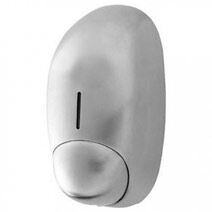

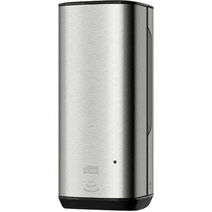
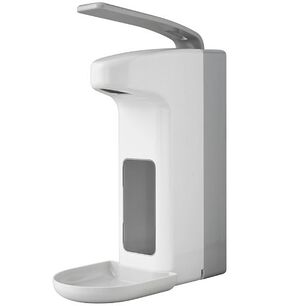

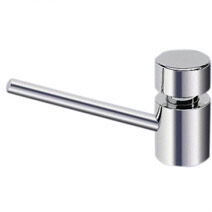


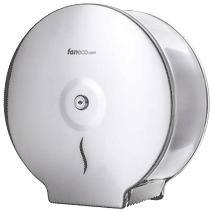

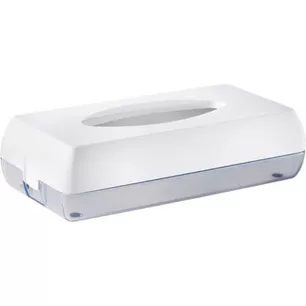
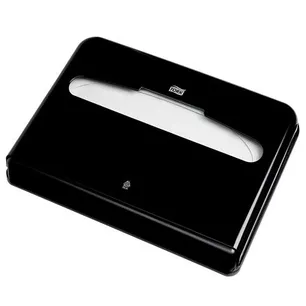
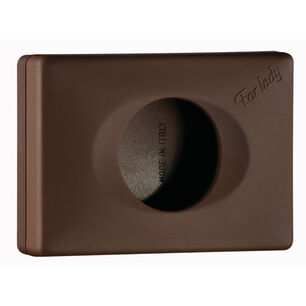


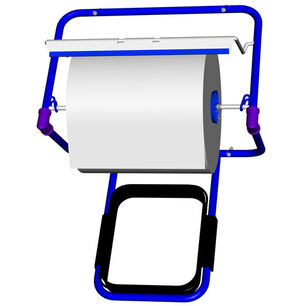
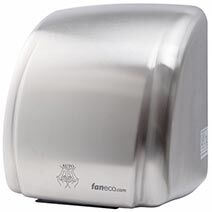
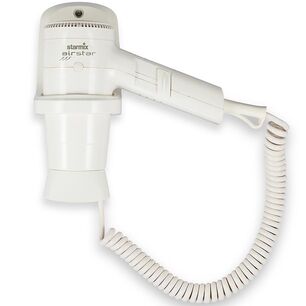
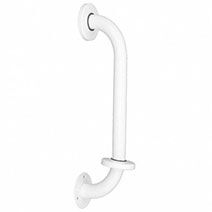
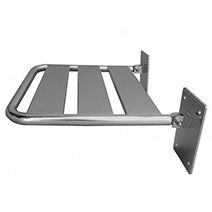
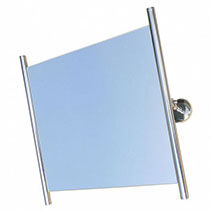
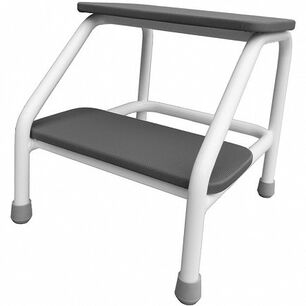
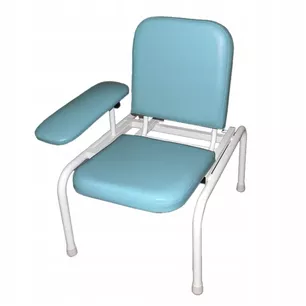




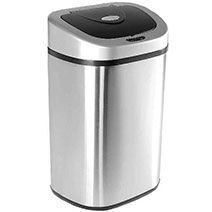






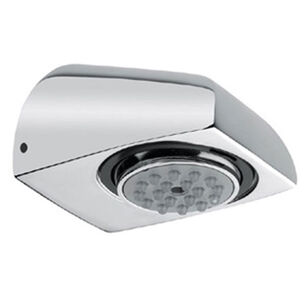
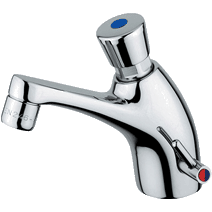
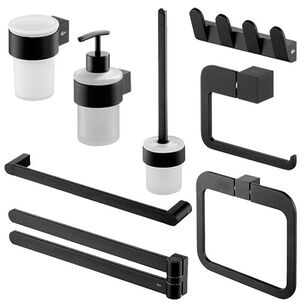
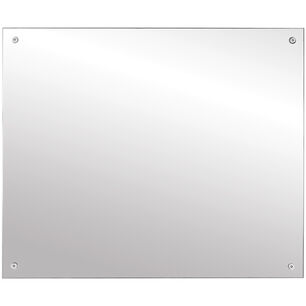
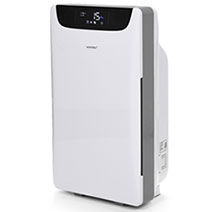


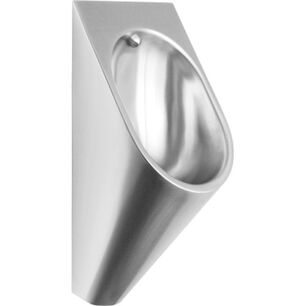
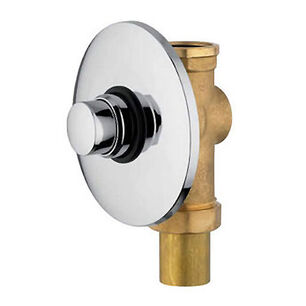
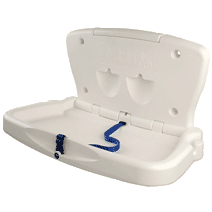


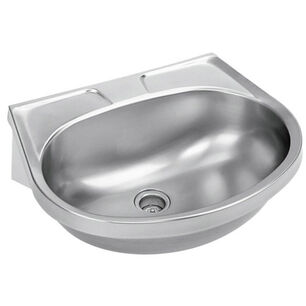
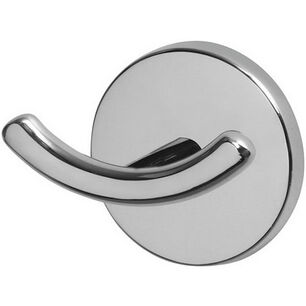
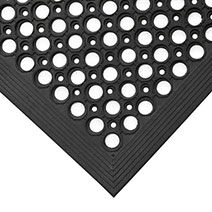
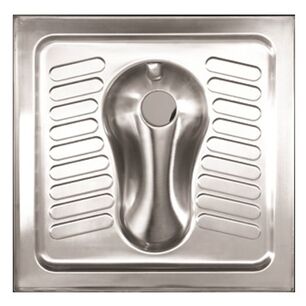







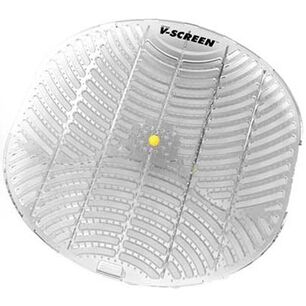

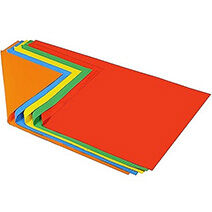

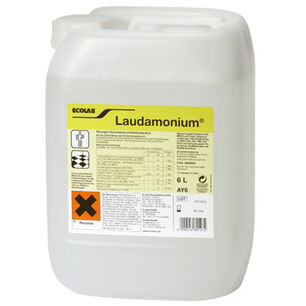


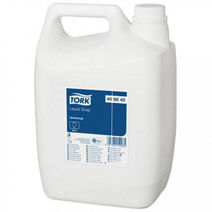
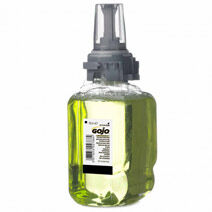

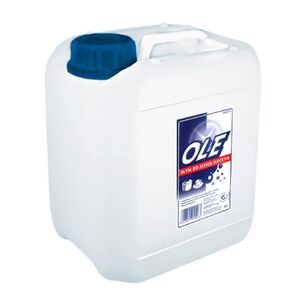

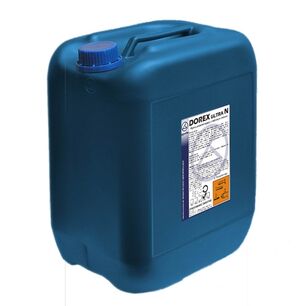

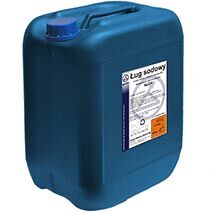

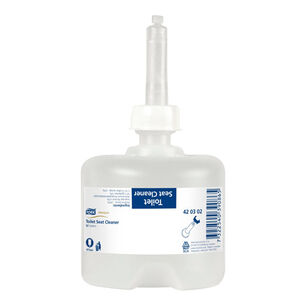
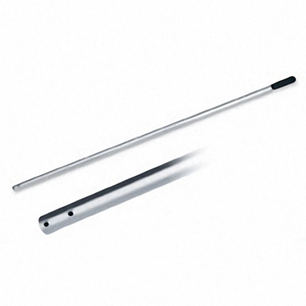
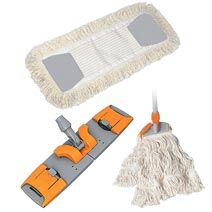

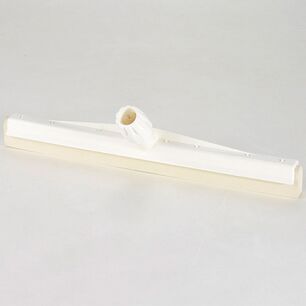

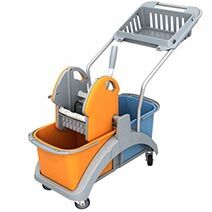


 Polski
Polski
 Czech
Czech
 German
German
 Spanish
Spanish
 Slovak
Slovak